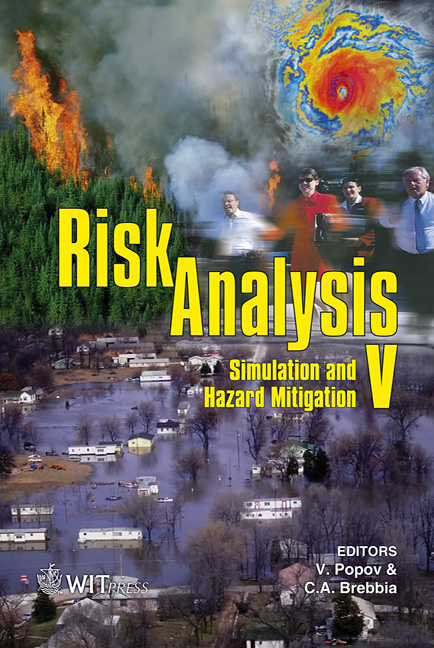Urban Infrastructures And Physical Hazards: A Challenge For Planning
Price
Free (open access)
Transaction
Volume
91
Pages
9
Published
2006
Size
980 kb
Paper DOI
10.2495/RISK060151
Copyright
WIT Press
Author(s)
M. Tira, M. Tiboni, B. Badiani & C. Confortini
Abstract
Physical hazards and their interrelation with the urban habitat are likely to be more and more important within the process of urban and regional planning [1]. Traditionally, and in Italy as well, Governments have attempted to tackle disasters after they have occurred, by means of measures aimed at mitigating the effects that future events might have on society. But such measures have proved to be inadequate for bringing risk levels down to socially acceptable levels. During the last decades Italian cities have often grown up without concern for the problems aroused by physical hazards and underestimating the consequences of land use transformations that may cause further risks, such as an increase of flooding hazard, for example. The demand for an environmentally sustainable urban growth forces decision makers to set up a methodology of territorial analysis, where space is considered as a complex system and the quality and quantity of relations among the elements of such systems as one of the prominent index of the damage caused by an event. So that vulnerability of human settlements (built-up areas and infrastructures) become (or rather should be) structural contents of plans. This paper presents a methodological approach to the analysis of regional infrastructure vulnerability and consequent options for planning and land use management. The effects of a disaster and the related evolution of the system are foreseen in order to reduce impacts and damage and to set up a quick restoring. An interactive model has been used for the analysis of relations, as tested in a study case in the North of Italy (Confortini and Tira, 2005). The use of the model allows planners to check scenarios and to better suit the infrastructure facilities. Keywords: risk analysis, vulnerability index of urban infrastructures, level of service of urban infrastructures.
Keywords
risk analysis, vulnerability index of urban infrastructures, level of service of urban infrastructures.





